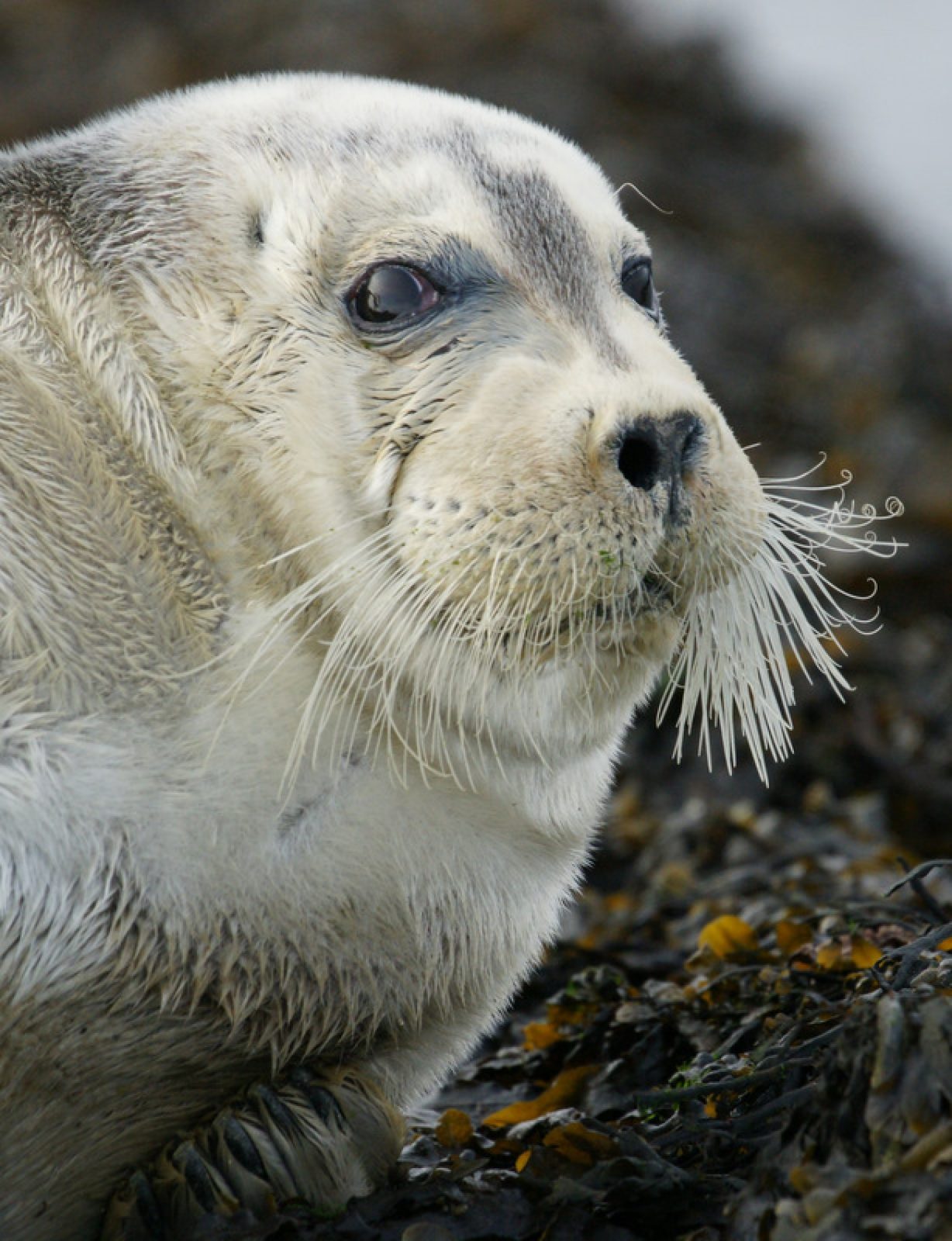
Bearded seal
They are the largest seal in northern waters, with females weighing up to 300kg. Fossils found in 2002 suggest that in the Pleistocene epoch, they were found as far south as South Carolina.
They are arctic species found on essentially all of the coast around the north pole, though having said this, they have been spotted in Japan and China, as well as around much of the European coast, as far south as Spain.
They mostly feed on prey found on the ocean floor. They generally enter the water just hours after being born. Predated on by orca and Polar bears, it is thought that Polar bears rely in this seal species quite heavily in parts of their range.
Bearded seals produce distinct trills (with their voice) that can carry 30km.
There are currently 2 recognized subspecies, imaginatively named the Eastern and Western bearded seal.
With currently large populations ( they are considered least concern) there is a thought, that as they rely on ice for some of their life it is thought that as climate change continues it could have an adverse impact on this population.
Below this is a video clip about the species, and below this is a list of any mentions that this species has had on this blog.
Below this, we will list any links that will help you see this species in the wild. If you wish to add your services or destination where you can see this species (or another one) click list your wild place on the home page, and fill in the form. It is a quick and simple process, which will create you a simple page to advertise your services or destination. Should you work in conservation or tourism of this species, we would also be interested in listing any articles on the species, that you might create (this will help advertise seeing this species).










